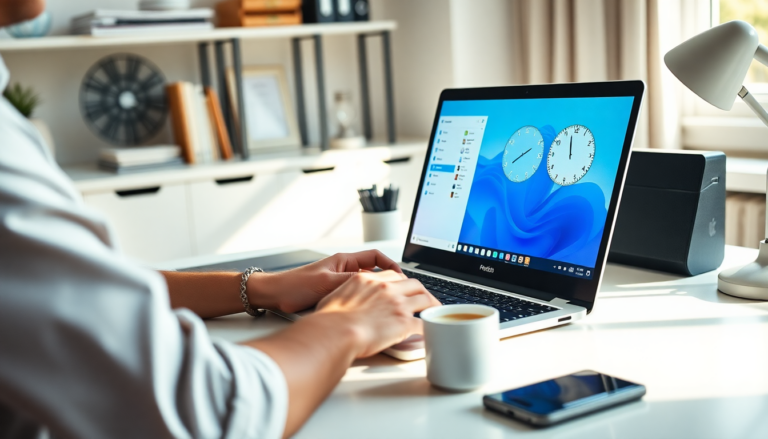Argomenti trattati
Just when you think you’ve seen it all in tech, Microsoft pulls a fast one. About a month ago, the software giant decided to yank the seconds display from the Windows 10 taskbar calendar. This change didn’t sit well with many users who had come to rely on that precise timing for their daily tasks. I remember when I first noticed it was gone – I felt like I had lost a little piece of my digital routine.
Understanding the update and user backlash
The reasoning behind this decision was rooted in performance optimization. Microsoft claimed that the seconds display was a drain on resources, impacting the graphical user interface and even disrupting the power-saving mode of PCs. Now, how many of us actually paused to consider whether the seconds ticking away was worth a performance hit? Not many, I’d wager. Users were vocal about their frustrations, expressing that the seconds were a vital feature of their daily computing experience.
As if that wasn’t enough, the cries for change echoed through forums and social media. People didn’t just want the seconds back; they wanted a smoother user experience that didn’t sacrifice utility for so-called efficiency. In a world where every second counts, it’s understandable why so many were upset. And it seems Microsoft has finally taken note of the uproar.
The return of the seconds display
In an unexpected twist, Windows Latest has reported that Microsoft is set to reintroduce the seconds display in the next cumulative update for Windows 10, specifically in the 22H2 Build 19045.5912, also referred to as update KB5058481. This update is currently available to Windows Insiders in the Release Preview Channel and will soon be rolled out to all users. It’s almost like watching a beloved character come back to life in a long-running series; you just can’t help but feel a sense of relief.
This reinstatement isn’t just a win for users; it’s a clear indicator that feedback matters. Microsoft’s willingness to listen and adapt is a refreshing change in an industry often criticized for being rigid and unyielding. Personally, I believe that tech companies should take cues from their users more often. After all, who knows better what we need than those who use the products daily?
What’s next for Windows users?
So, as we await this update, it begs the question: what other features might we see making a comeback? Microsoft has a wealth of tools and capabilities that could use some fine-tuning, and perhaps this is just the beginning of a more user-centric approach. For fans of Windows 10, this is a significant moment—one that reminds us that our voices can lead to tangible changes. The tech landscape is always evolving, but it’s our feedback that fuels that evolution.
As many know, keeping pace with changes in software can be a double-edged sword. You want the latest and greatest features, but sometimes those updates can feel like a game of whack-a-mole. Features come and go, often leaving users in confusion. Yet, with this recent turn of events, there’s a glimmer of hope that our preferences are being taken seriously.
Looking ahead
In conclusion (although I promised not to draw conclusions), I can’t help but feel optimistic about the future of Windows 10. The reinstated seconds display serves as a small but significant reminder that user feedback can indeed shape the technology we use every day. So, here’s to the next update! May it bring even more enhancements that cater to our needs. And who knows? Perhaps we’ll see a few more long-lost features making a triumphant return. After all, nostalgia is a powerful tool in the tech world, and sometimes, the best updates are those that remind us of the good old days.

